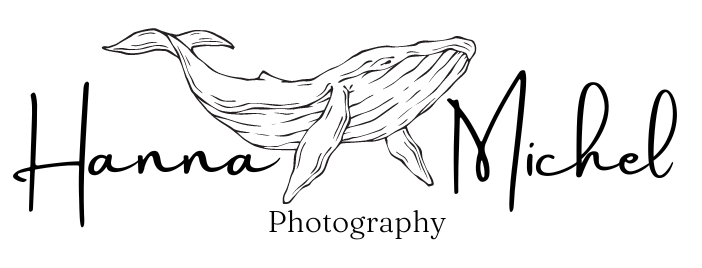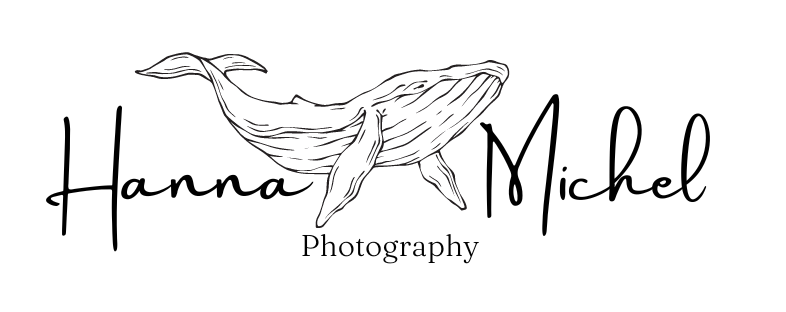Marine Mammals: what do they really have in common? // Meeressäuger: was haben sie wirklich gemeinsam?
As of now, there are 132 different species of marine mammals in the world. These animals are lumbed together because of their life style but they don’t actually have a lot of things in common. Yes, they all are mammals. That means there are certain characteristics that all of them share with other mammals, marine or terrestrial, including us humans. You are probably familar with some of them but there are more than you think:
- Females have mammary glands & nurse their young (actually, the word Mammals comes from the Latin word mamma translating to ‚breast‘)
- Fur (at least during the embryonic development, like whales)
- The 3 auditory ossciles (malleus, incus & stapes)
- Temporomandibular joint
- Diaphragm (a flat muscle that separates the chest & abdominal cavities)
- A secondary palate (allows breathing while chewing food)
- Neocortex, the most complex part of the brain
- Red blood cells without a cell nucleus and other organelles
- …
There are a couple of more things that I am not going into here, and a few traits among mammals are also shared with birds.
The second obvious common feature of marine mammals is their habitat. The fact that they are mammals and live (mostly) in the marine environment is the reason that they are grouped together. And these are the groups of animals of which all or some are considered marine mammals:
- Whales, dolphins & porpoises (Cetacea): 92 species, 86 of them marine
- Seals (Pinnipedia): 33 species
- Sea cows (Sirenia: manateees & dugong): 4 species
- Otters (Lutrinae): 13 species, 2 of them marine
- Polar bear: the only species of the bear family Ursidae – also the polar bear is usually considered to be a marine mammal as it is highly dependant on the marine environment
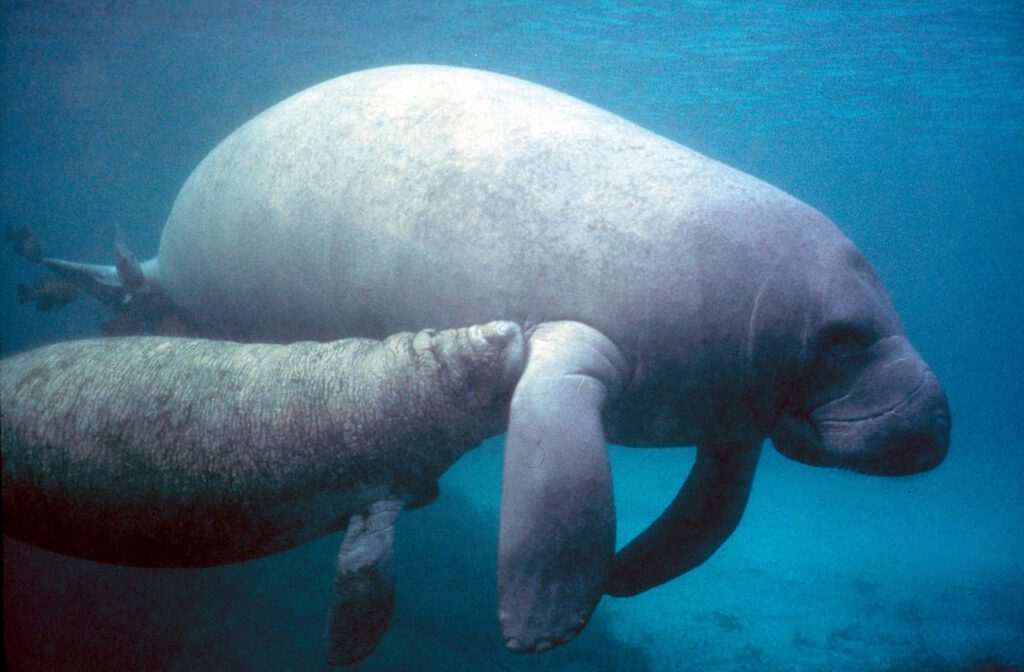
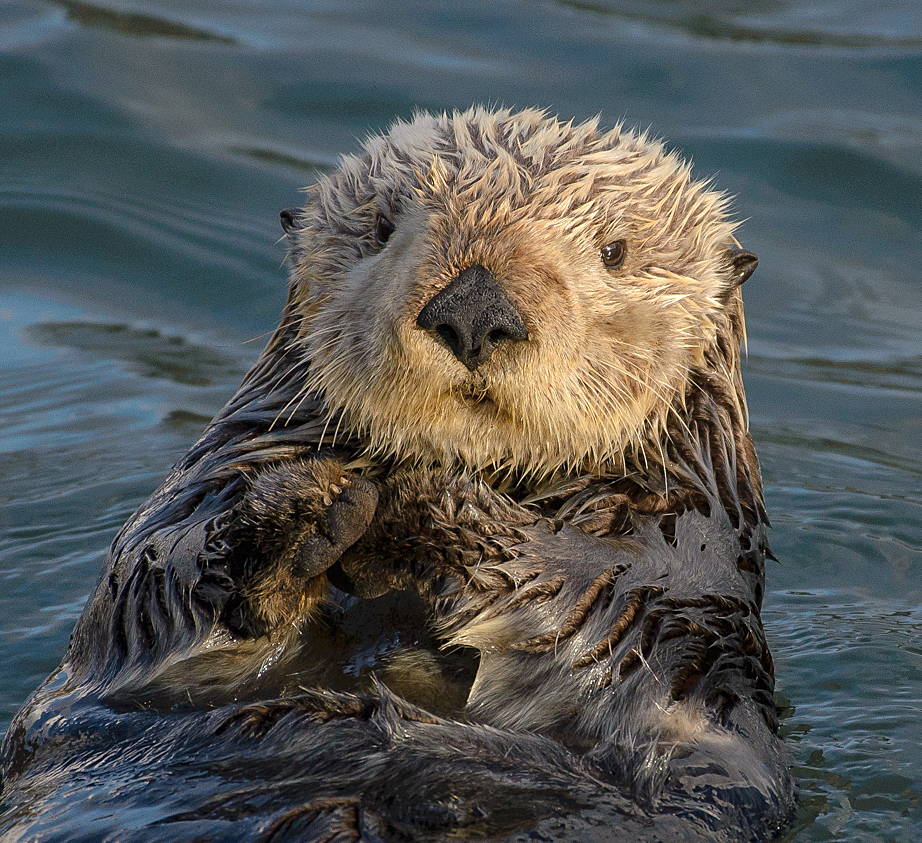
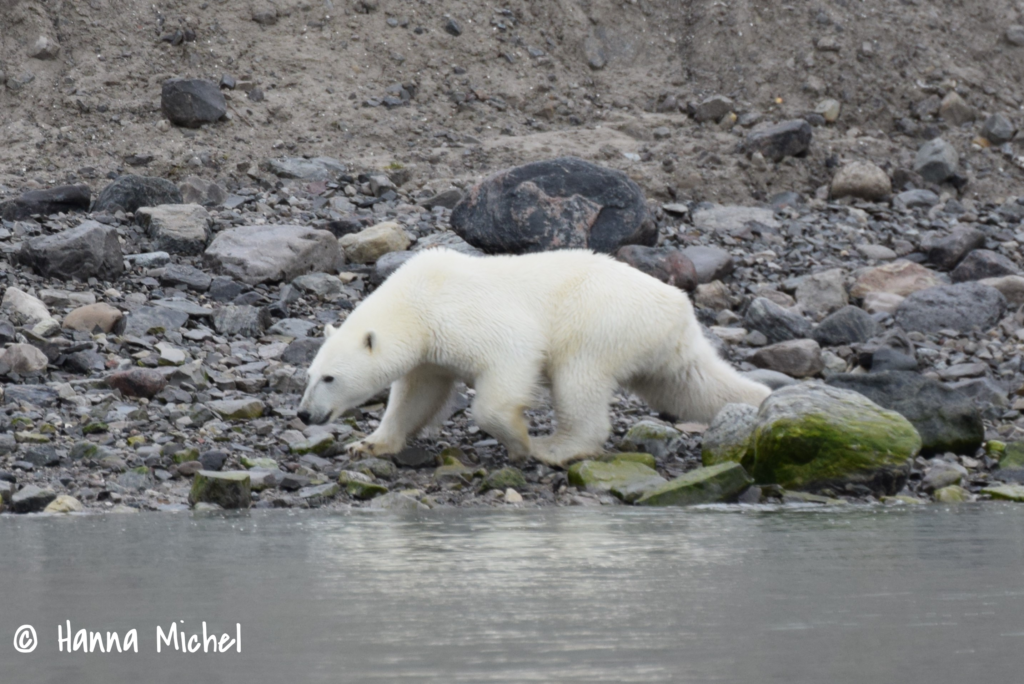
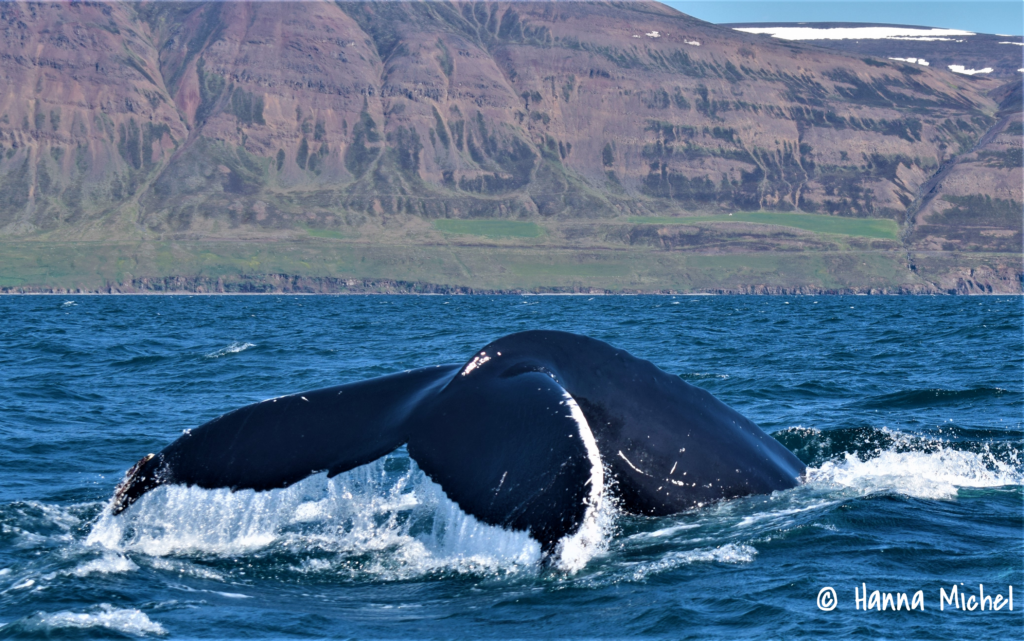
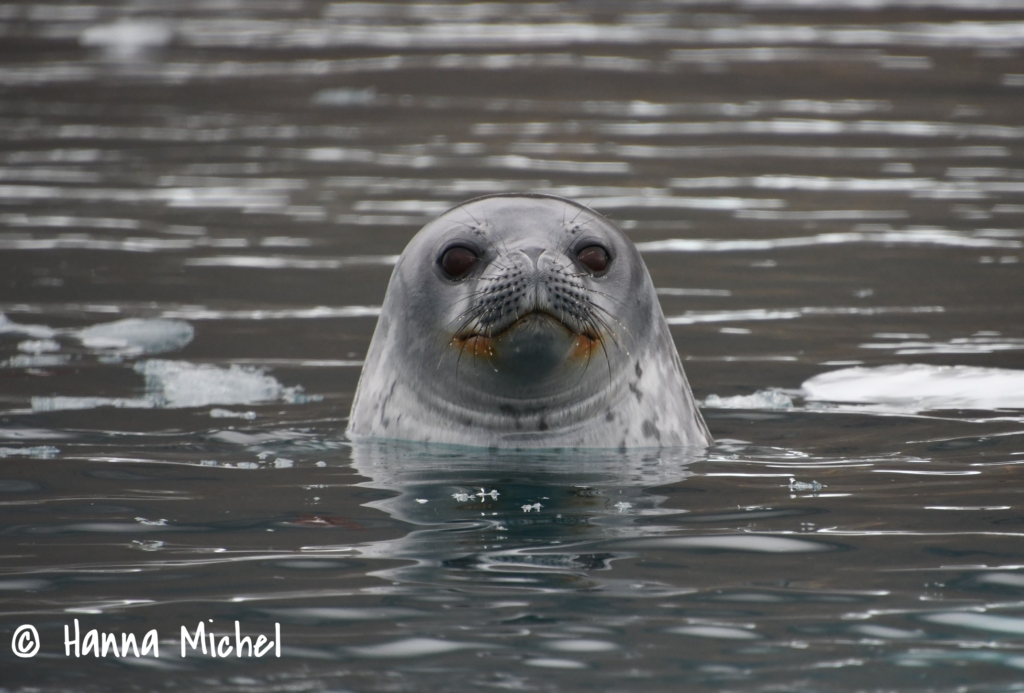
They did not evolve from a common ancestor. However, some of them are more closely related than others, as the cladograms show:
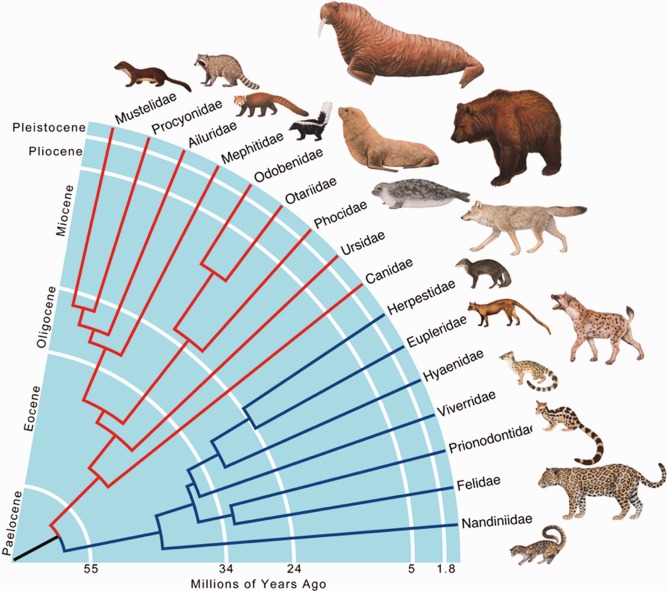
Seals, bears and otters belong to the order Carnivora. Seals (Pinnipeds: Odobenidae, Orariidae, and Phocidae) split from other carniforms during the Eocene, about 50 million years ago, shortly (evolutionary speaking) after bears (Ursidae). Otters are part of the Mustelidae family like weasels, and split from their sister group, the Procyonidae (e.g. racoons), in the late Oligocene. The last common ancestor of all Carnivors belonged to the Miacids who lived 62-34 million years ago.
Figure: Van Valkenburgh and Wayne, 2010.
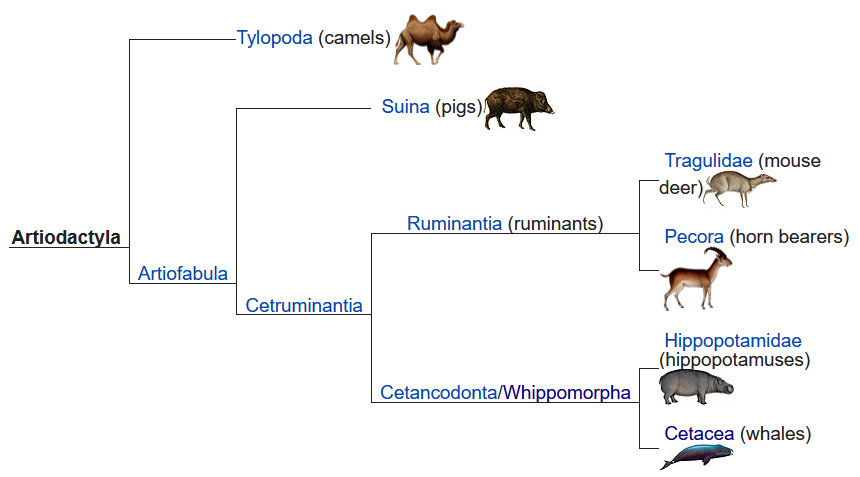
The closest living relative of cetaceans is the hippo! They are both part of the group of even-toed ungulates, Artiodactyla. Other group members are e.g. camels and deer. The oldest common ancestor of all our whales, dolphins, and porpoises was a wolf-like animal called Pakicetus who lived about 50 million years ago.
Figure: Wikipedia, based on Upham et al. 2019, dos Reis et al. 2012 and more.

Sea cows, on the other hand, share a common ancestor with elephants and hyraxes, and together form the clade of paenungulata. This clade, in turn, is part of the superorder Afrotheria. It’s also called the African clade because the living members of this group are either currently living in Africa or of African origin.
Similar to whales, also Sirenians first appeared around 50 million years ago. Ten to 15 million years later, the sea cows split into two families: Dugongidae, with the Dugong as the only living member (after the extinction of the Steller’s Sea Cow in 1768), and Trichechidae, with three extant species of Manatees.
Figure: Wikipedia, based on Tabuce et al. 2008.
I hope this gives you a nice overview and maybe arouses interest to look into the evolutionary history of your favorite animals. You’ll probably be surprised by which group they actually belong to!

Derzeit gibt es weltweit 132 verschiedene Arten von Meeressäugern. Diese Tiere werden wegen ihres Lebensstils zusammengeworfen, aber sie haben eigentlich nicht viel gemeinsam. Ja, sie sind alle Säugetiere. Das bedeutet, dass es bestimmte Eigenschaften gibt, die sie alle mit anderen Säugetieren teilen, sei es im Meer oder an Land, einschließlich uns Menschen. Du kennst wahrscheinlich einige von ihnen, aber es gibt mehr, als du denkst:
- Weibchen haben Milchdrüsen und säugen ihre Jungen (das Wort Mammals vom lateinischen Wort mamma, was „Brust“ bedeutet)
- Fell (zumindest während der Embryonalentwicklung, wie bei Walen)
- Die 3 Gehörknöchelchen (Hammer, Amboss & Steigbügel)
- Das Kiefergelenk
- Zwerchfell (ein flacher Muskel, der Brust- und Bauchhöhle trennt)
- Ein sekundärer Gaumen (ermöglicht das Atmen beim Kauen)
- Der Neokortex, der komplexeste Teil des Gehirns
- Rote Blutkörperchen ohne Zellkern und andere Organellen
- …
Es gibt ein paar weitere Dinge, auf die ich hier nicht eingehen werde, und einige Merkmale unter Säugetieren werden auch mit Vögeln geteilt.
Die zweite offensichtliche Gemeinsamkeit von Meeressäugern ist ihr Lebensraum. Die Tatsache, dass sie Säugetiere sind und im (zeitweise auch am) Meer leben, ist der Grund, warum sie zusammen gruppiert werden. Und dies sind die Tiergruppen, von denen alle oder einige als Meeressäuger gelten:
- Wale, Delfine und Tümmler (Cetacea): 92 Arten, davon 86 marin
- Robben (Pinnipedia): 33 Arten
- Seekühe (Sirenia: Seekühe 6 Dugong): 4 Arten
- Otter (Lutrinae): 13 Arten, 2 davon marine
- Eisbär: die einzige Art der Bärenfamilie Ursidae – nicht immer, aber meistens gilt auch der Eisbär als Meeressäugetier, da er stark von Meer und Eis abhängig ist
Dieser Gruppen sind nicht aus einem gemeinsamen Vorfahren hervorgegangen. Einige von ihnen sind jedoch enger miteinander verwandt als andere, wie die Kladogramme (siehe oben) zeigen:
Robben, Bären und Otter gehören zur Ordnung der Raubtiere. Robben (Pinnipedia: Odobenidae , Orariidae und Phocidae) spalteten sich während des Eozäns vor etwa 50 Millionen Jahren kurz (evolutionär gesehen) nach Bären (Ursidae) von anderen Raubtieren ab. Otter gehören wie Wiesel zur Familie der Mustelidae (Marder) und haben sich im späten Oligozän von ihrer Schwestergruppe, den Procyonidae (Kleinbären, z. B. Waschbären), abgespalten. Der letzte gemeinsame Vorfahre aller Raubtiere gehörte zu den Miaciden, die vor 62 bis 34 Millionen Jahren lebten.
Der nächste lebende Verwandte der Wale ist das Flusspferd! Sie gehören beide zur Gruppe der Paarhufer Artiodactyla. Andere Gruppenmitglieder sind z. B. Kamele und Hirsche. Der älteste gemeinsame Vorfahr aller unserer Wale, Delfine und Schweinswale war ein wolfähnliches Tier namens Pakicetus, das vor etwa 50 Millionen Jahren lebte.
Seekühe hingegen haben einen gemeinsamen Vorfahren mit Elefanten und Klippschliefer und bilden zusammen die Gruppe der Paenungulata. Diese Klade wiederum ist Teil der Superordnung Afrotheria. Es wird auch die afrikanische Gruppe genannt, weil die lebenden Mitglieder dieser Gruppe entweder derzeit in Afrika leben oder afrikanischen Ursprungs sind. Ähnlich wie Wale tauchten auch Sirenen erstmals vor etwa 50 Millionen Jahren auf. Zehn bis 15 Millionen Jahre später spalteten sich die Seekühe in zwei Familien auf: Dugongidae, mit Dugong als einzigem lebenden Mitglied (nach dem Aussterben der Stellers Seekuh im Jahr 1768), und Trichechidae, mit drei noch vorhandenen Arten von Manatis.
Ich hoffe, dies gibt dir einen schönen Überblick und weckt vielleicht das Interesse, sich mit der Evolutionsgeschichte deiner Lieblingstiere zu befassen. Du wirst wahrscheinlich überrascht sein, zu welcher Gruppe sie eigentlich gehören!
